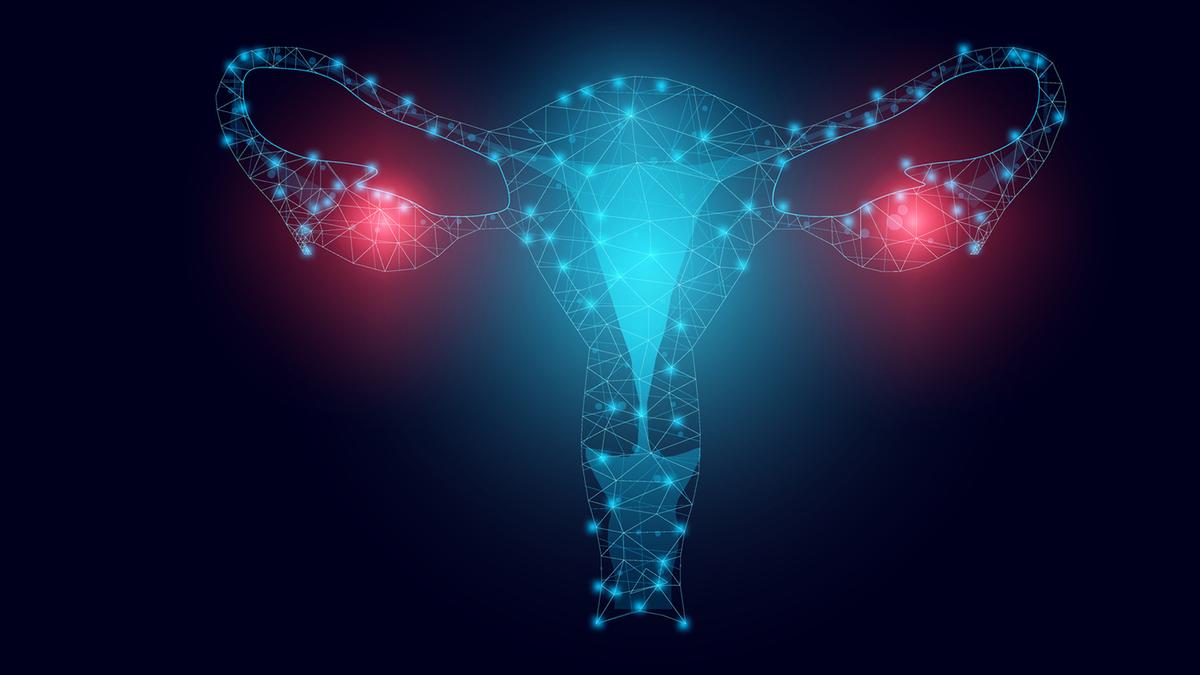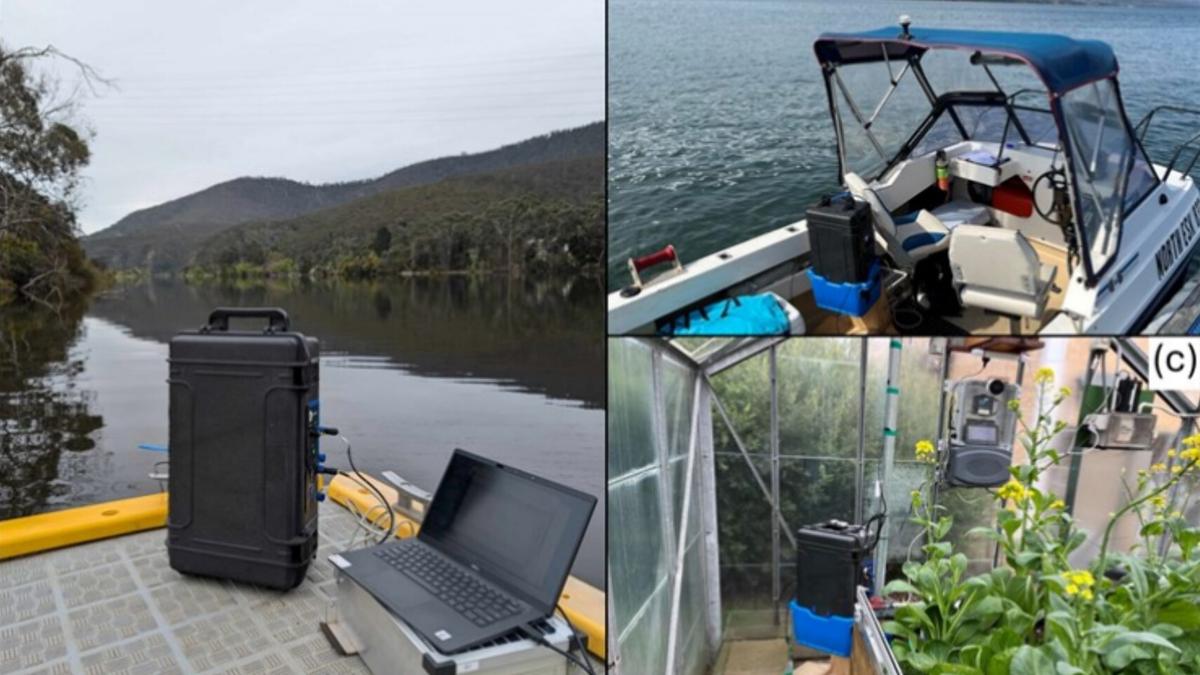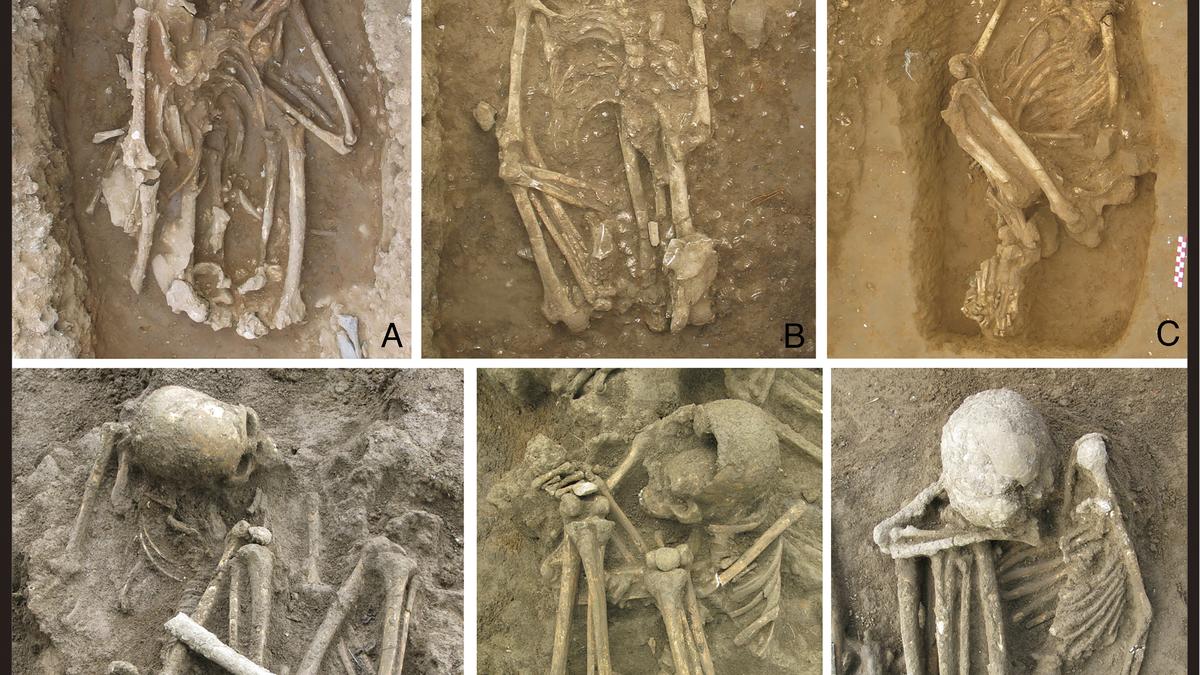How the DeepSeek-R1 AI model was taught to teach itself to reason | Explained
The story so far: For many decades, one of the great challenges in artificial intelligence (AI) has been teaching machines to reason. Reasoning goes beyond memorising facts or completing sentences. It’s the ability to follow steps, reflect on mistakes, and adjust strategies until the right answer is found. Humans use reasoning for everything from solving … Read more








